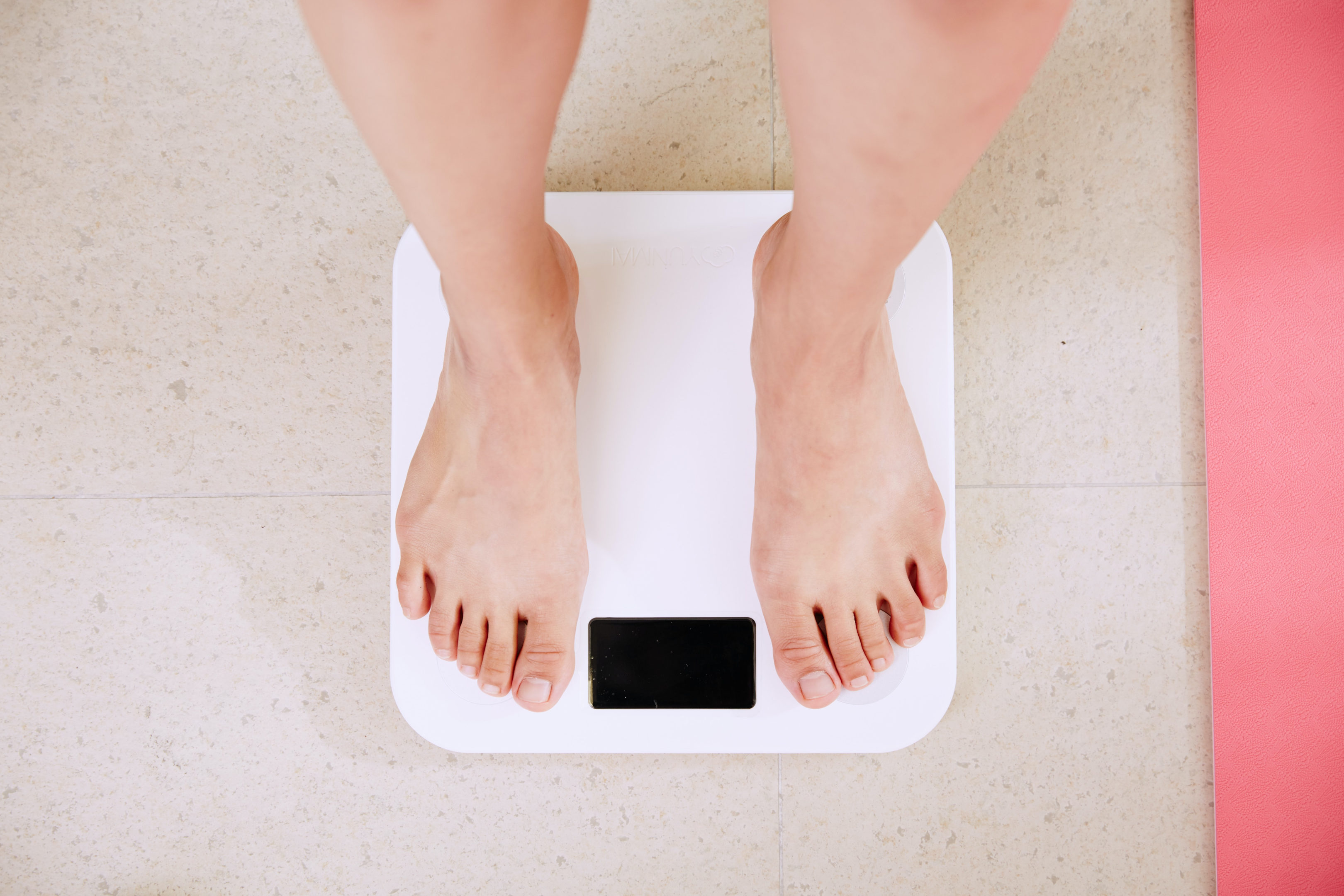
Losing belly fat after a breast reduction surgery can be challenging, but it is not impossible. The first step in achieving your desired body shape is understanding the changes in your body due to the surgery. Breast reduction surgery involves the removal of excess breast tissue, skin, and fat. As a result, the body may respond differently to weight loss efforts.
Regular exercise is one of the most effective ways to lose belly fat after breast reduction surgery. Cardiovascular activities such as running, cycling, swimming, or brisk walking can help to burn calories and reduce overall body fat. Strength training exercises, such as weightlifting, can also help to tone and shape the abdominal area. It is essential to consult with a physical therapist or personal trainer to develop a safe and effective exercise program tailored to your individual needs and limitations.

Another important aspect of losing belly fat after breast reduction surgery is to adopt a healthy and balanced diet. Eating a diet rich in fruits, vegetables, lean protein, and whole grains can help to promote weight loss and improve overall health. Avoiding processed foods, sugary drinks, and excessive amounts of saturated fats can also help to reduce belly fat. Additionally, it’s essential to stay hydrated, as water helps your body to function correctly, aids in digestion, and can help you feel full, which can, in turn, prevent overeating.
Losing belly fat after a breast reduction surgery is gradual and may take some time. It is essential to set realistic goals and focus on progress rather than perfection. Additionally, it’s vital to listen to your body and give it the time it needs to heal properly, as well as to be patient with your progress and not compare yourself with others. Remember, everybody is different; it takes time to recover and adapt to changes.
Healthy Diet After Breast Reduction Surgery
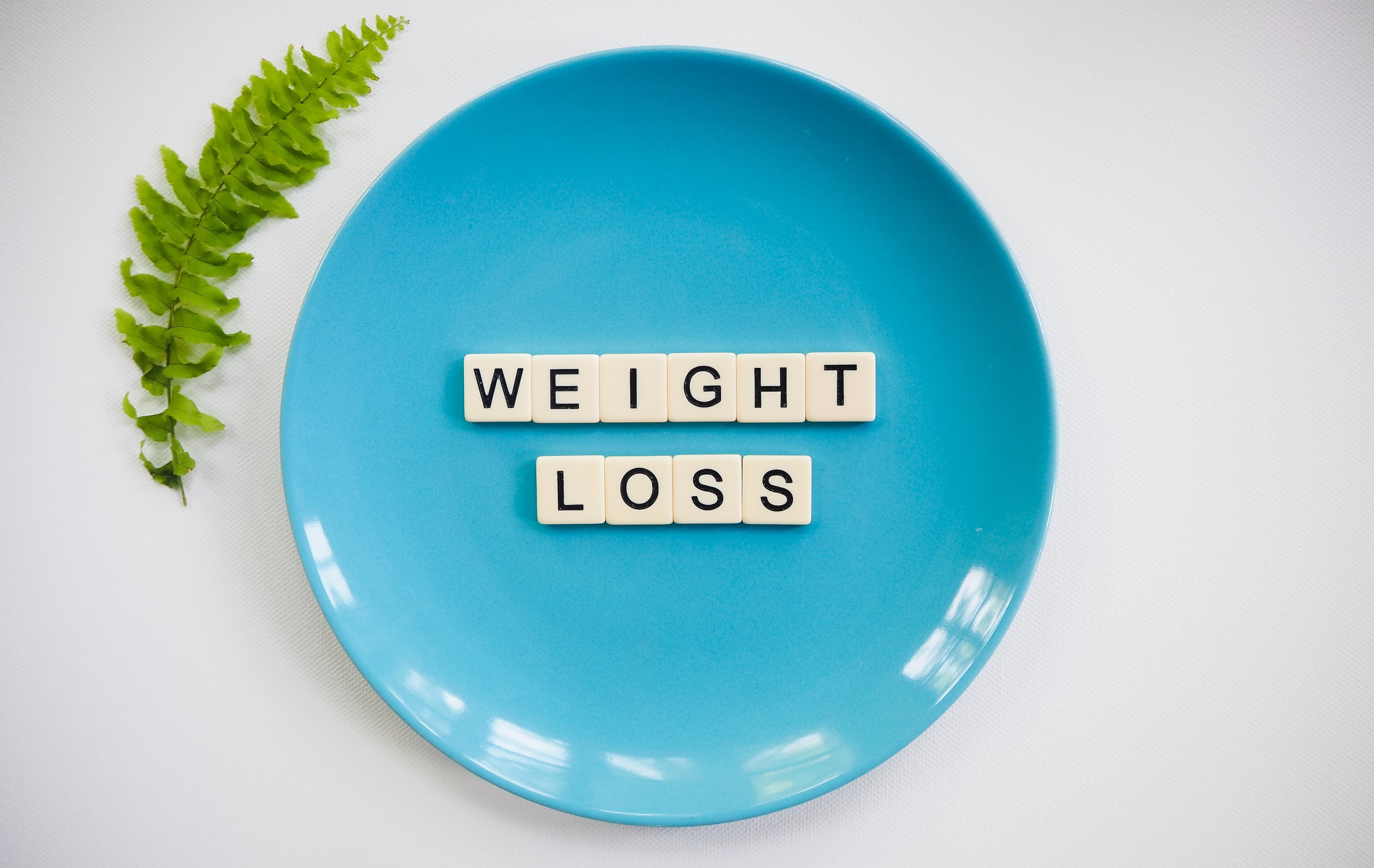
A healthy diet is crucial for post-surgery recovery and can also play a vital role in losing belly fat after breast reduction surgery. To ensure optimal healing and reduce the risk of complications, consuming a balanced diet rich in nutrients is critical. This includes a variety of fruits, vegetables, lean proteins, whole grains, and healthy fats.
Protein is vital after surgery, as it helps to repair and rebuild damaged tissue. Good protein sources include fish, poultry, lean meats, eggs, and plant-based options such as beans, lentils, and quinoa. It’s also essential to consume enough healthy fats, such as olive oil, avocado, nuts, and seeds, as they provide essential nourishment and support for the body’s healing process.
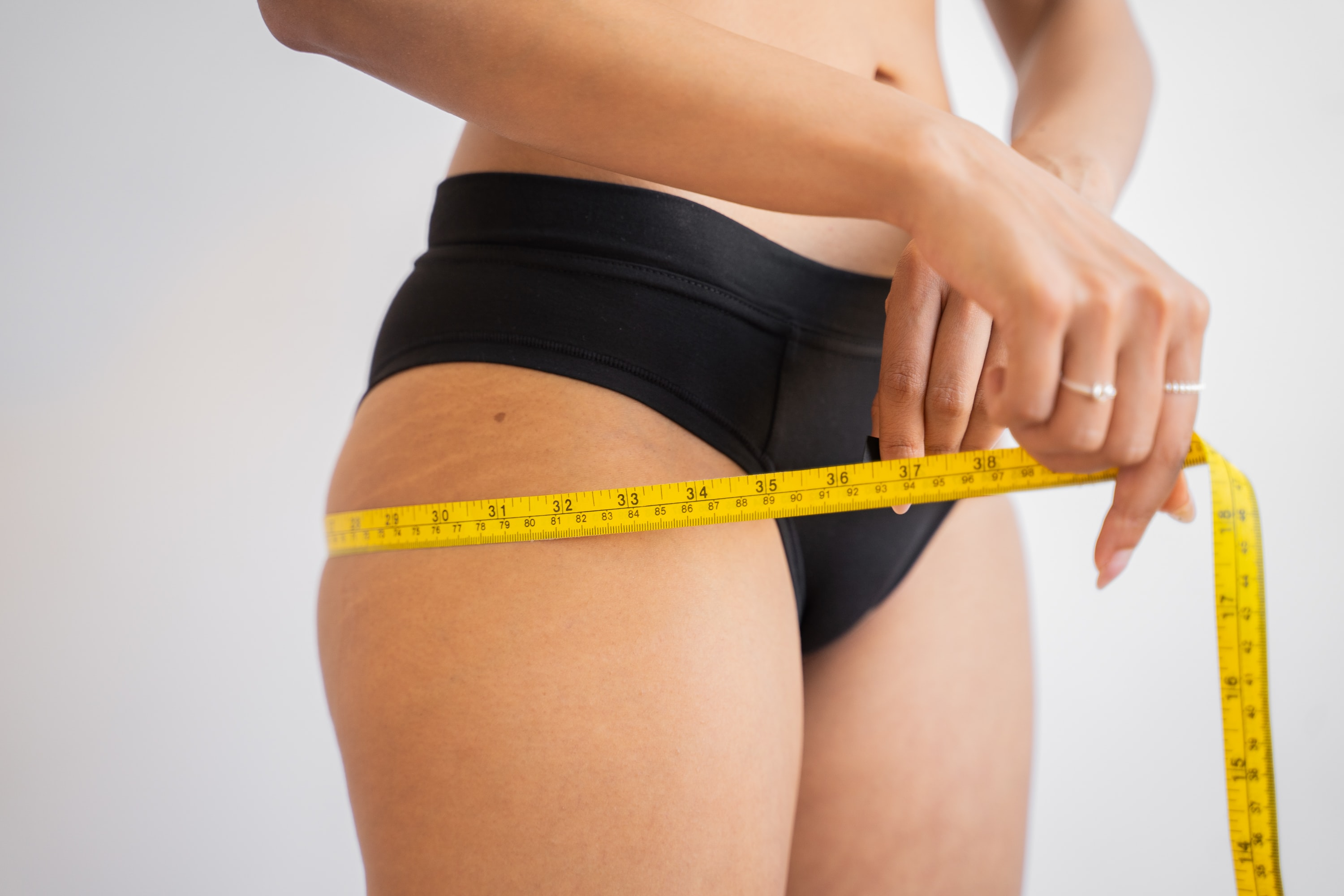
In addition to consuming a balanced diet, it’s also essential to drink enough fluids to stay hydrated. This is particularly important during post-surgery recovery, as dehydration can slow the healing process and increase the risk of complications. Aim to drink at least eight glasses of water daily, and limit your intake of sugary drinks and alcohol.
It’s also worth considering taking dietary supplements after surgery. Vitamin C, zinc, and collagen are essential for the repair and rebuilding of tissue; Vitamin E and omega-3 fatty acids can help reduce inflammation, and iron can be critical to those prone to anemia. However, it’s best to consult your doctor or nutritionist before taking any supplements, as they may interact with other medications you are taking.
Case Studies on How Breast Reduction Patients Lose Weight

Case studies have shown that breast reduction patients can successfully lose weight after surgery. One study published in the Journal of Plastic and Reconstructive Surgery found that breast reduction patients who underwent surgery and followed a strict exercise and diet regimen lost an average of 13.5 pounds in the six months following their surgery. The study involved 20 patients instructed to engage in at least 30 minutes of cardiovascular exercise and strength training three times a week in addition to following a low-calorie diet.
Another study published in the Journal of Obesity Surgery found that breast reduction patients who participated in a weight program before surgery lost an average of 18.5 pounds and experienced a significant reduction in their body mass index (BMI). The study included 20 patients participating in a 12-week program with a low-calorie diet, regular exercise, and behavior modification therapy.

A study published in the Journal of Clinical Nursing found that breast reduction patients who received pre-operative education about healthy lifestyle changes, such as exercise and diet, were more likely to maintain weight and improve their overall health after surgery. The study included 60 patients who received pre-operative education and 60 who did not. Those who received education lost an average of 10.5 pounds and had a significant reduction in their BMI. In contrast, those who did not receive an education did not experience any consequential weight loss.
A case study published in the Journal of Obesity and Metabolic Research found that a breast reduction patient who combined surgery with a comprehensive weight program, including diet and exercise, lost an average of 33 pounds in the 12 months following her surgery. The patient also significantly improved her BMI, body composition, and overall health.
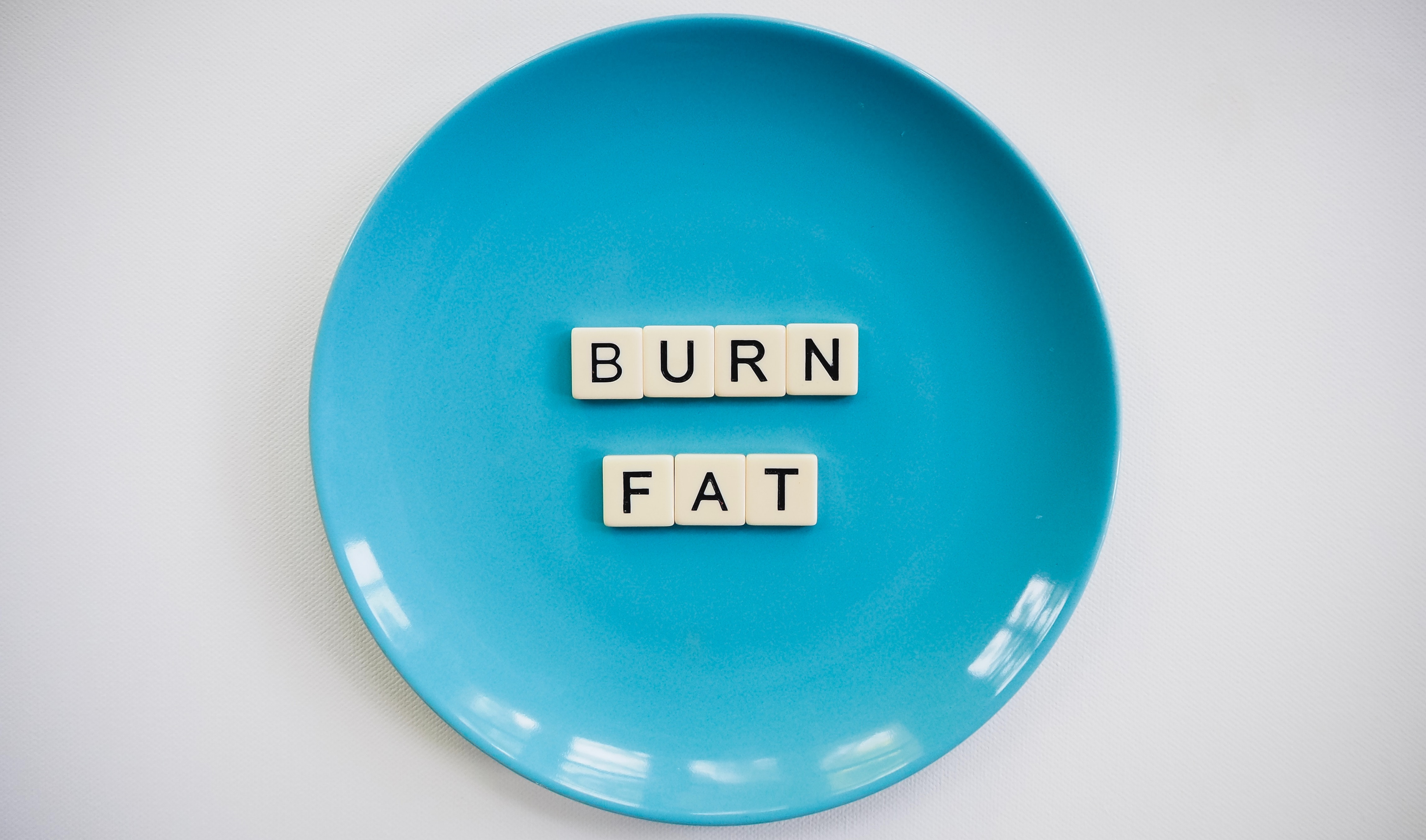
Another study published in the Journal of Plastic, Reconstructive & Aesthetic Surgery found that loss after breast reduction surgery can positively affect patient satisfaction with the surgery results. The study included 100 patients who underwent breast reduction surgery and followed a weight program after surgery. The patients reported a high level of satisfaction with the results of their surgery and stated that their weight loss had improved the shape and appearance of their breasts.
Case studies have shown that breast reduction patients can successfully lose weight after surgery by following a strict exercise and diet regimen, participating in a weight program before surgery, receiving pre-operative education about healthy lifestyle changes, combining surgery with a comprehensive weight program, and seeing positive effects on patient satisfaction with the results of the surgery. It’s important to note that each patient is unique, and the results may vary from person to person.
Breast Reduction Procedure and Stubborn Belly Fat Plastic Surgery
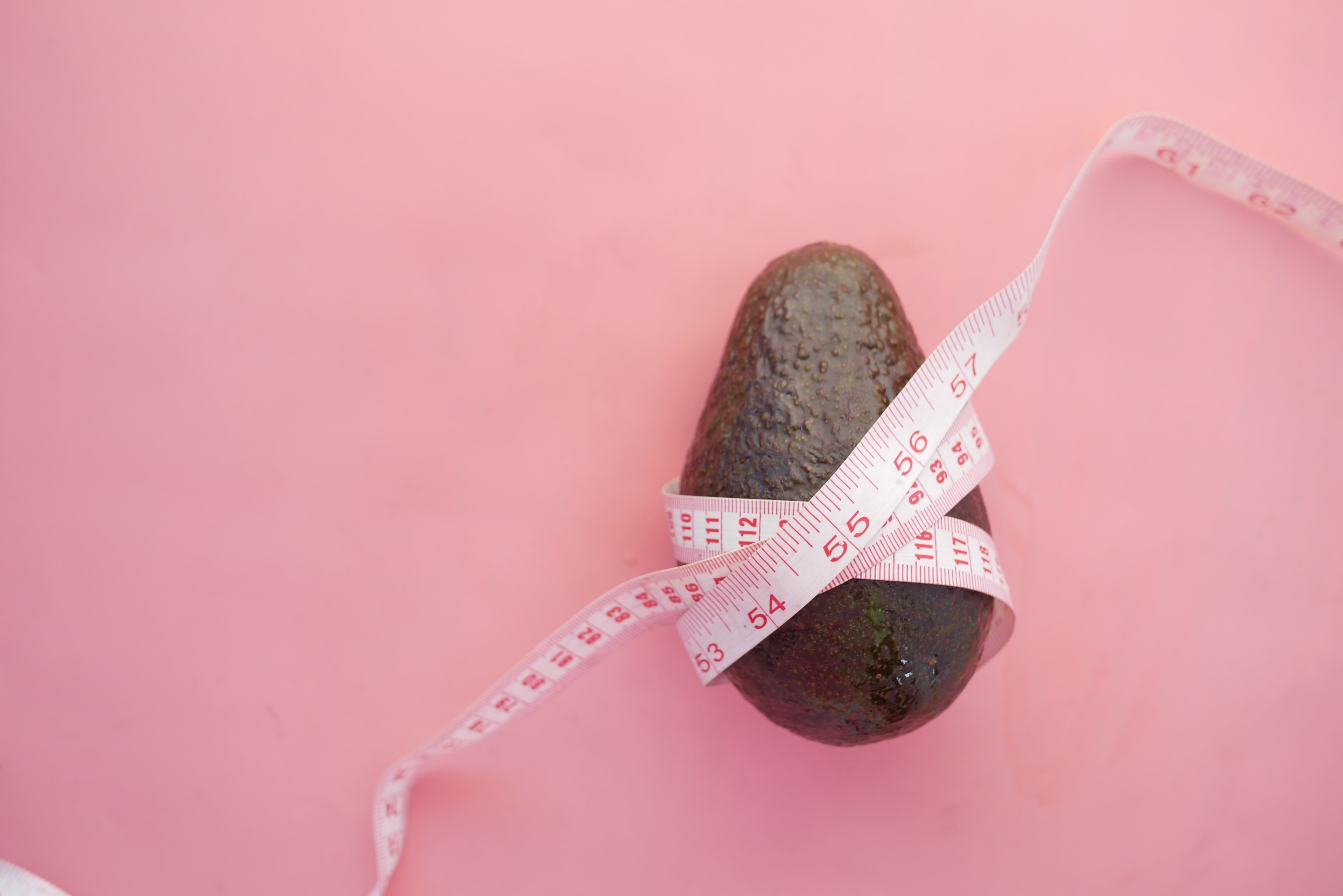
Breast reduction procedure, also known as reduction mammoplasty, is a surgical procedure that aims to reduce the size and weight of the breasts by removing excess fat, glandular tissue, and skin. This procedure can help alleviate physical and emotional symptoms caused by large breasts, such as back and neck pain, shoulder grooving, and difficulty finding fit clothes.
However, in some cases, even after a successful breast reduction procedure, patients may still struggle with stubborn belly fat. This can be due to various factors, including genetics, hormonal imbalances, and poor diet and exercise habits. In these cases, additional plastic surgery procedures may be necessary to achieve the desired body shape.
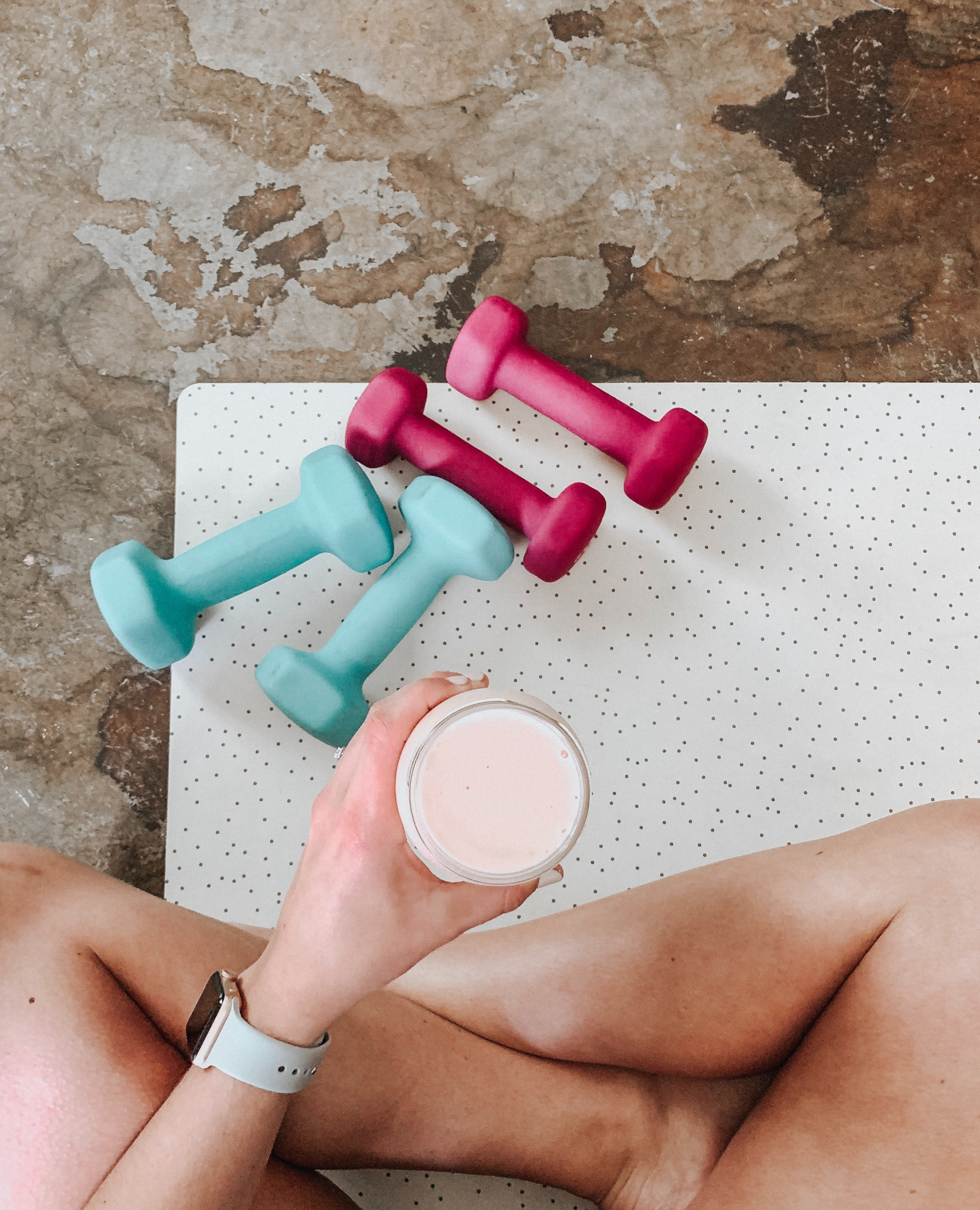
One example of this is the case of a patient who underwent a breast reduction procedure and was still struggling with stubborn belly fat. The patient also underwent a tummy tuck (abdominoplasty) procedure to address this issue. This procedure involved the removal of excess skin and fat from the abdominal area, as well as the tightening of the abdominal muscles. As a result, the patient achieved a more contoured and toned abdominal area.
In another case study reported in the Journal of Plastic and Reconstructive Surgery, a patient underwent breast reduction surgery and was still unsatisfied with her abdominal area. In addition to breast reduction, an abdominoplasty was performed to remove the excess skin and fat, which improved her overall body shape.

In other cases, liposuction may be recommended to remove stubborn belly fat in combination with breast reduction. Liposuction is a cosmetic procedure involving eliminating excess fat from specific body areas, such as the abdomen, hips, and thighs, using a small tube called a cannula. This procedure can be performed with breast reduction to achieve a more proportionate and aesthetically pleasing body shape.
While breast reduction surgery can effectively reduce the size and weight of the breasts, it may not address stubborn belly fat. In cases where patients still struggle with this issue, additional plastic surgery procedures, such as tummy tuck, liposuction, or even a combination of both, may be necessary to achieve the desired body shape. It’s important to discuss your body goals with a qualified plastic surgeon to determine the best course of action.
Neck Pain Complications from Large Breasts

Neck pain is a common complication experienced by women with large breasts. The excessive weight and size of the breasts can cause strain on the neck and upper back muscles, leading to chronic pain and discomfort. This pain can be debilitating and affect a person’s quality of life.
One solution to this problem is breast reduction surgery, also known as reduction mammoplasty. This procedure involves the removal of excess breast tissue, fat, and skin, which results in a reduction in the size and weight of the breasts. This can help to alleviate the strain on the neck and upper back muscles, resulting in a significant decrease in neck pain.

Another solution is physical therapy. A physical therapist can help to alleviate neck pain by designing an exercise program that targets the neck and upper back muscles. This may include exercises to improve posture, strengthen the muscles, and improve flexibility.
Chiropractic care may also be beneficial for reducing neck pain caused by large breasts. A chiropractor can use manual manipulation techniques to realign the spine, improve posture, and relieve pressure on the neck and upper back muscles.
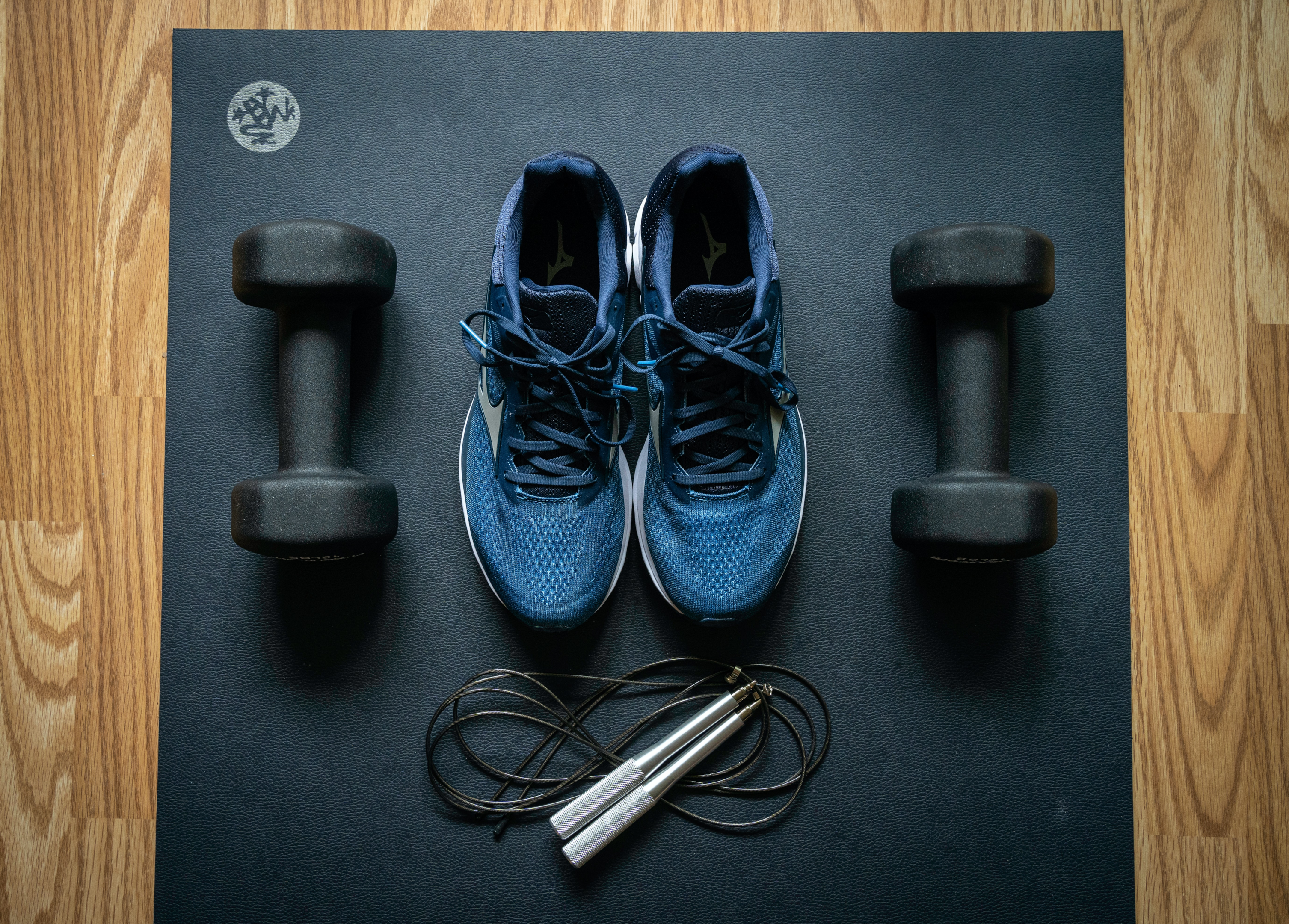
In some cases, bracing or supportive devices may be recommended to alleviate neck pain. This can include using a cervical collar, a brace, or a shoulder strap to provide support and help redistribute the weight of the breasts.
Medications may also be prescribed to reduce pain and inflammation. This can include over-the-counter pain medication such as ibuprofen, acetaminophen, and prescription pain medication.
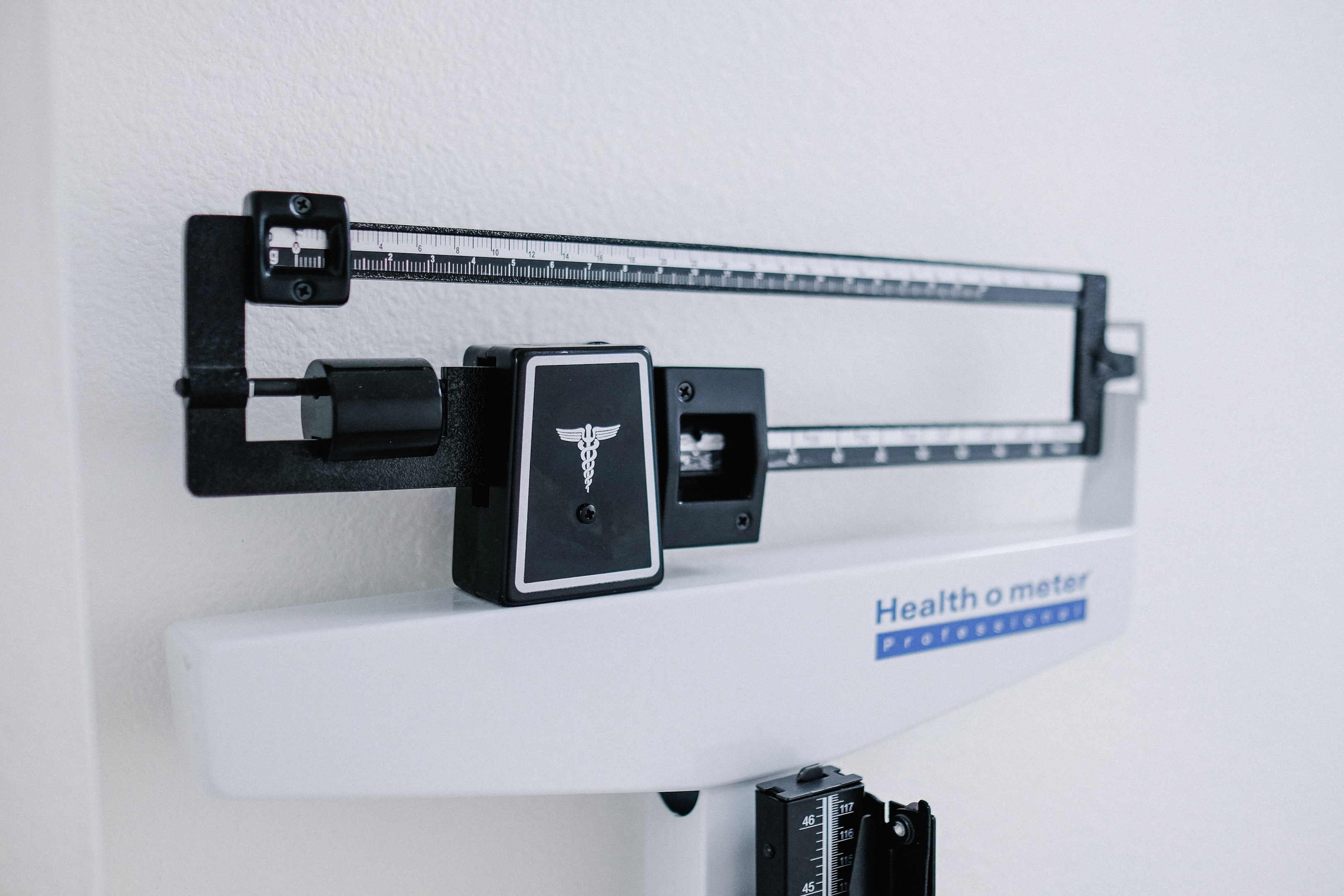
Lastly, lifestyle changes, such as weight loss and changes in posture, can also help alleviate neck pain caused by large breasts. Maintaining a healthy weight, practicing good posture and ergonomics, and avoiding activities that exacerbate the pain can help reduce neck pain symptoms.
Ideal Breast Size for Weight Loss in Plastic Surgery Patients
The ideal breast size for weight loss in plastic surgery patients is a topic that is debated among plastic surgeons. Some experts believe that smaller breast size is preferable for weight loss surgery patients, as it can make it easier for patients to lose weight and maintain a healthy weight in the long term.

Dr. John Tebbetts, a leading plastic surgeon, believes that smaller breast size is ideal for weight loss surgery patients. He says, “For patients considering weight loss surgery, it is important to have realistic expectations about the size and shape of their breasts after the surgery. In general, smaller breast size is preferable, as it can make it easier for patients to lose weight and maintain a healthy weight in the long term.”
Another expert, Dr. Mark P. Solomon, a board-certified plastic surgeon, believes that the ideal breast size for weight loss surgery patients is a matter of personal preference. He says, “The ideal breast size for weight loss surgery patients is a matter of personal preference. Some patients prefer a smaller breast size, while others prefer a larger one. The important thing is that the patient is happy with the size and shape of their breasts after the surgery.”

Dr. Bradley Bengtson, a board-certified plastic surgeon, also agrees that the ideal breast size is a matter of personal preference. He states, “It’s important to remember that the ideal breast size is different for every woman. Some women may desire a smaller breast size after weight loss surgery, while others may prefer a larger size. Ultimately, the goal is to achieve a proportionate and natural-looking breast size that makes the patient happy.”
Dr. David B. Reath, a board-certified plastic surgeon, suggests that the ideal breast size for weight loss surgery patients is proportionate to the patient’s body. He says, “The ideal breast size for weight loss surgery patients is proportionate to the patient’s body. This means the breast size should be balanced with the patient’s overall physique and not overpower or underwhelm the rest of the body.”

Dr. Paul S. Nassif, a board-certified plastic surgeon, believes that the ideal breast size for weight loss surgery patients is proportional to the patient’s body, making the patient feel confident and comfortable. He says, “The ideal breast size for weight loss surgery patients is proportionate to the patient’s body, making the patient feel confident and comfortable. It’s important to remember that breast size is a personal preference and that every woman’s ideal breast size will differ.”
As can be seen, experts in the field have different opinions on what the ideal breast size is for weight loss surgery patients. Some believe that a smaller breast size is preferable, others believe that it is a matter of personal preference, and the most important thing is that the patient is happy with the size and shape of their breasts after the surgery. Ultimately, it’s essential to have realistic expectations and thorough consultation with a board-certified plastic surgeon to determine the best course of action.

Breast reduction procedure, also known as reduction mammoplasty, is a surgical procedure that involves the removal of excess breast tissue, fat, and skin to reduce the size and weight of the breasts. One of the advantages of this procedure is that it can lead to smaller breasts, which can positively impact a patient’s overall health and well-being.
Smaller breasts can alleviate physical symptoms such as back and neck pain, shoulder grooving, and difficulty finding fit clothes. Additionally, smaller breasts can improve a patient’s self-esteem and self-confidence. Many patients report feeling more comfortable and confident in their bodies after the procedure.

Each patient’s recovery period after breast reduction surgery varies, but most patients can expect to take about 2-4 weeks off work to recover. During this time, patients must limit their physical activity and avoid any actions that strain the chest area.
Most patients report that recovery is manageable, with only mild discomfort and soreness in the first few days. The incisions will be visible, but they are usually well-hidden and will fade over time.

An initial consultation with a board-certified plastic surgeon is crucial in determining each patient’s best course of action. During the consultation, the surgeon will evaluate the patient’s medical history and physical examination and discuss their desired outcome. This will help the surgeon create a customized treatment plan tailored to the patient’s needs.
The breast reduction procedure is typically performed as an outpatient procedure, meaning the patient can go home the same day as the surgery. The procedure typically takes 2-4 hours to complete and is usually done under general anesthesia.

A breast reduction procedure can positively impact a patient’s overall health and well-being by reducing the size and weight of the breasts, and it’s a relatively safe procedure with a manageable recovery period. With the right surgeon, the procedure can lead to a more proportionate and aesthetically pleasing body shape.


